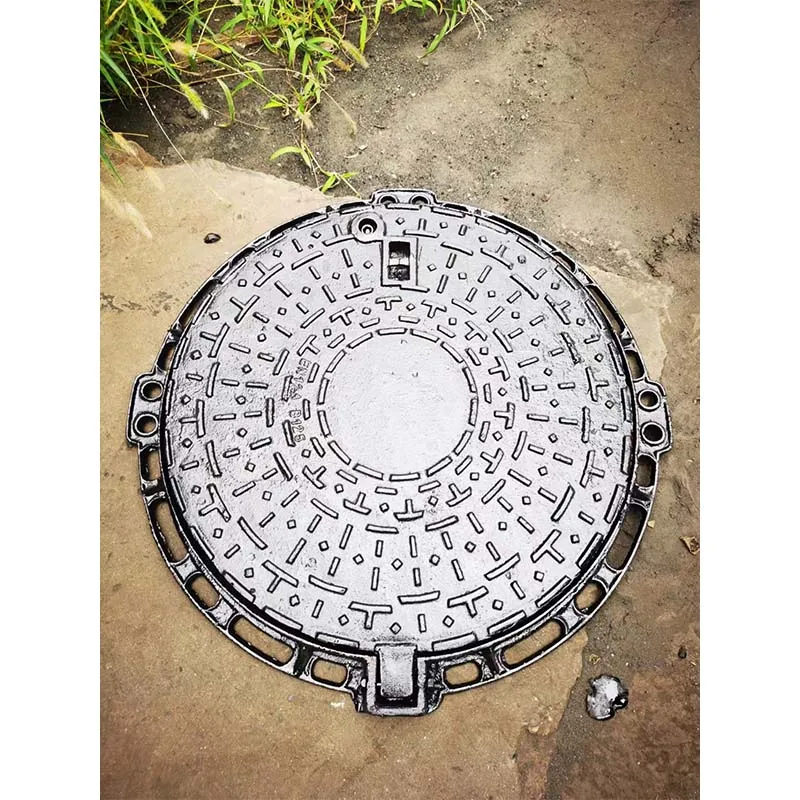Gas Control Solutions Using Butterfly Valve Technology for Efficient Flow Regulation
Understanding Butterfly Valves for Gas Applications
Butterfly valves are essential components in various industrial applications, particularly for regulating the flow of liquids and gases. Their simple yet effective design makes them a popular choice for many systems, including those that handle gas. This article delves into the workings, advantages, and considerations of using butterfly valves in gas applications.
What is a Butterfly Valve?
A butterfly valve is a quarter-turn valve that uses a rotating disc to control the flow of fluid. The disc, which is mounted on a shaft, can be turned to either block or allow the passage of gas. When the valve is fully open, the disc is parallel to the flow of gas, minimizing pressure drop and resistance. Conversely, when closed, the disc creates a tight seal against the body of the valve, preventing gas from leaking.
Advantages of Butterfly Valves for Gas
1. Compact Design Butterfly valves have a relatively small footprint compared to other valve types, making them ideal for applications where space is limited. Their lightweight nature also facilitates easier installation and maintenance.
2. Rapid Operation The design of butterfly valves allows for quick open and close actions, typically completed with a quarter-turn motion. This feature is particularly beneficial in systems requiring fast response times, especially in emergency situations.
3. Versatility Butterfly valves can handle various types of gases, including natural gas, biogas, and other industrial gases. Their ability to accommodate different pressures and temperatures enhances their adaptability.
butterfly valve gas

4. Cost-Effective Generally, butterfly valves are more economical than other valve types, such as gate or globe valves. This cost efficiency makes them an attractive option for budget-conscious projects.
5. Minimal Pressure Drop When fully open, the valve’s design allows for a smooth flow path, which significantly reduces pressure drop across the valve. This characteristic is crucial in gas pipelines where maintaining pressure is essential.
Potential Considerations
While butterfly valves offer numerous benefits for gas applications, certain factors should be considered. The sealing mechanism is critical; depending on the design, some butterfly valves may have limitations related to their sealing capability under high-pressure conditions. Therefore, it is essential to select a valve designed specifically for the gas application at hand to ensure reliability.
Moreover, the materials used in constructing the valve are crucial, especially in applications involving corrosive gases. Manufacturers typically have options that use various materials, such as stainless steel or plastic, to cater to specific environmental conditions.
Conclusion
Butterfly valves represent a practical solution for controlling gas flow in various applications. Their combination of efficiency, space-saving design, and cost-effectiveness makes them a preferred choice in many industries, including oil and gas, chemical processing, and HVAC systems. However, careful consideration must be given to the valve's design and material selection to ensure optimal performance and reliability in gas applications. By understanding these factors, engineers and operators can make informed decisions, leading to safer and more efficient gas operations.
-
The Smarter Choice for Pedestrian AreasNewsJun.30,2025
-
The Gold Standard in Round Drain CoversNewsJun.30,2025
-
The Gold Standard in Manhole Cover SystemsNewsJun.30,2025
-
Superior Drainage Solutions with Premium Gully GratesNewsJun.30,2025
-
Superior Drainage Solutions for Global InfrastructureNewsJun.30,2025
-
Square Manhole Solutions for Modern InfrastructureNewsJun.30,2025
-
Premium Manhole Covers for Modern InfrastructureNewsJun.30,2025
